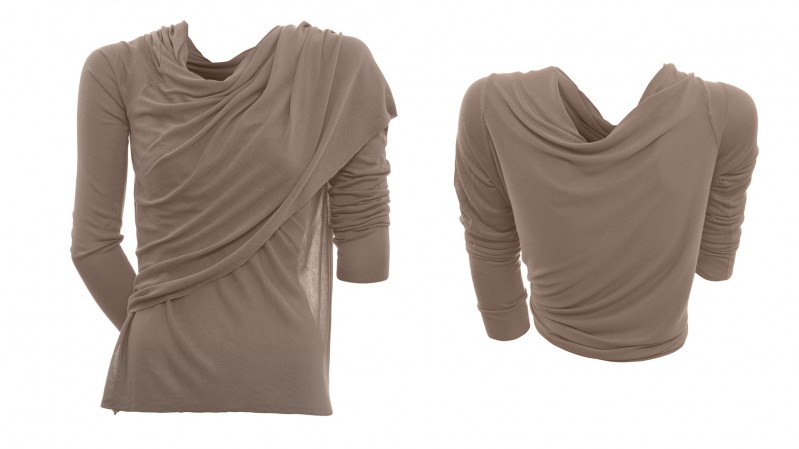Workshops Boston results
On September 11th and 12th I taught a two day workshop in Boston, in this blog post some images from this workshop and of course some information about the days.
On September 11th and 12th I taught a two day workshop in Boston, in this blog post some images from this workshop and of course some information about the days.
We’re almost home now, so I think it’s time to share of my images from the trip.
It has been an hectic one but man did I like it all 😀
So here are some random images, I will upload the ones we did during the workshops at a later time.
Most are done with NIK HDR and one shot exposures, really like what NIK can do with just one shot.
Today a great guestblog with a topic I really like, motion 😀 by Steve Wylie
I’ve been a fan of Frank’s work for a long time. When he joined the ranks of instructors at Kelby Training and Photoshop World, I had to meet him. And so I did, last week at Photoshop World in Las Vegas. Frank made a training video for Kelby Training on photographing jumping models. So, as a dance photographer, I was eager to show Frank what a professional dancer could do with some of the same techniques Frank illustrated in his video. Frank graciously took the time to visit with me, and look at a portfolio of dance images I created in the studio of David Cooper, an incredible dance photographer in Vancouver, British Columbia. These images were made in a workshop setting, with dancers from Ballet British Columbia and a contemporary group, the 605 Collective, also from Vancouver.
David’s studio is made for shooting dance, with marley floors to protect the dancers from injury, and a white seamless backdrop. With this “white set”, a wide variety of looks can be achieved via lighting design. The camera is a Hasselblad H3D; the lighting equipment is a series of Dynalite bi-tube strobes, firing off at an incredible 1/2000 second. How do you get 1/2000 second flash duration? By lowering the power output of the strobes. Then, to get the volume of light back to where you need it, you add more strobes at low power. Same short flash duration, more photons to light your dancer.
The exposures were made at ISO 100 at 1/500 second, at apertures ranging from F/5.0 to f/11. The important thing to understand here is that these camera settings, without the Dynalites, result in an image that is totally black. Zero, zero, zero. Thus, the only light contributing to the exposure comes from the strobes. Effectively, that makes the exposure 1/2000 at the chosen f/stop. The result is incredible resolution from the Hasselblad, and absolute freezing of motion due to the short flash duration of the strobes.
Our goals in the workshop were twofold: first, to be able to work with professional dancers, to direct their placement and movement, in essence, to choreograph them; and second, to determine what lighting patterns would work best with any given choreography or “look”. I’ve worked with dancers (mostly younger, competitive dancers) for several years. To achieve a great dance image, it’s important to know what a good dance move is, because dancers are incredibly picky about the most minute detail of the hands, feet, face, or any part of the body. Also, dance companies who may use your image will be equally critical; you’re photographing their “product”, and they want it to be shown in the best way possible. So my primary goal in this workshop was to create commercially usable images, whether or not they would ever be used commercially. As it turns out, most of these images have been requested by the dancers themselves, for use in portfolios or other promotional purposes.
During our stay in the US I have several guestbloggers online, today it’s time for Micheal Zelbel, and I’m really psyched about this, hope you guys enjoy it.
 Fashion Catalogue Shoots – a Goldmine You’ve Been Missing out on
Fashion Catalogue Shoots – a Goldmine You’ve Been Missing out on
If you are an aspiring photographer, chances are good that you are struggling to turn your passion into a profit-making venture. A perfectly legitimate desire, no doubt, but it’s one that is rarely done well and efficiently. The majority of amateur photographers experience a burn-out, chasing the unlikely prospects and time-consuming business opportunities like wedding photography or selling stock pictures online. Do I really need to explain the drawbacks here? First of all, it is quite challenging to shoot at a wedding and get nothing but high-quality pictures: you have guests wandering into the shot, a nervous bride, a nervous groom, less-than-perfect lighting, dynamic and rapidly changing surroundings.
With micro-stocks, it’s much simpler and at the same time much more complicated than that – you need thousands upon thousands of good photos in order to sell them continuously and earn reliable monthly income. So, what do you do? Are amateurs like ourselves forever doomed to spend money on our hobby and get none in return, just because we lack a giant portfolio, costly equipment and specific skills? The answer is, we need to take the conventional wisdom about making money with photography and toss it aside – you won’t need that old garbage any longer. In the words of Bob Dylan, “The answer is blowing in the wind”, – and it’s a lot less fancy than you think, or would like to think.
Studio Frank Doorhof:
Constructieweg 8
8305 AA Emmeloord
The Netherlands
+31-6-14522327
Or Email : [email protected]
